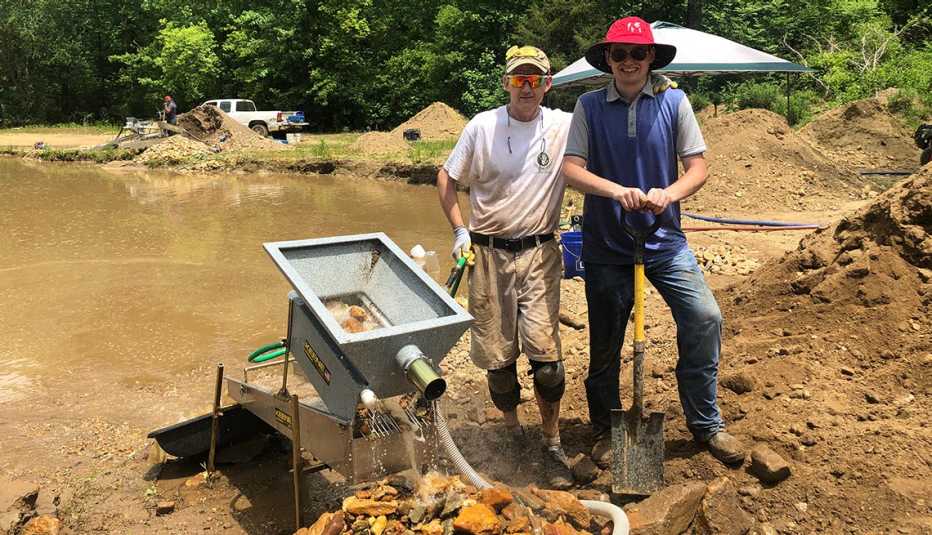AARP Hearing Center


The problem with panning for gold: Once you find some, it’s hard to stop looking for more.
John Mischler, 57, had a friend invite him out to look for gold nearly 20 years ago. “He took me up in the mountains in California and showed me how to do it, and I came home with a little bit of gold, which piqued my interest,” Mischler says. By the third time, he was hooked. “I have a little bit of gold fever.”
Most of the gold panners in the California Gold Rush didn’t get rich, and you probably won’t, either. You can have fun, though.
“The number one question that I get all the time is, ‘Am I going to make a fortune?’” says Tim Conway, 59, president of Georgia’s Augusta Gold Club, a chapter of the Gold Prospectors Association of America (GPAA). “And it’s not going to happen. This is a recreational hobby. You’re going to get rich in the friendships and the fellowship and getting out in the great outdoors and getting some exercise.”


But you never know. It’s not impossible to find worthwhile amounts of gold, especially when gold sells for close to $2,000 an ounce, as it does today. A one-tenth of an ounce U.S. gold coin — slightly larger than a dime — is worth about $200. And you don’t have to live in California to find gold. The first gold rush in the United States was in 1799 in North Carolina, where a 17-pound gold nugget was discovered. Lucky prospectors can still find sizable nuggets: In 2014, a prospector with a metal detector found a six-pound nugget in Butte County, California.
How to search for gold
It’s unlikely you’re going to find a big gold nugget lying in a stream, especially on the East Coast, where a gold belt runs from Maryland to Alabama. Instead, you’re likely to discover tiny flakes of gold in your pan. (The pros call a piece of gold large enough to pick up with two fingers a picker.) Nuggets – typically two grams or more — are more common out West, but still unusual.




































































More From AARP
Food and Paper Towels Aren’t the Only Things You Can Bulk Buy
From soap to socks, here are nine items you should buy in bulk.99 Great Ways to Save
Power-packed tips for 365 days a year
Can You Ace the Ways to Save Quiz?
Take the test to find out